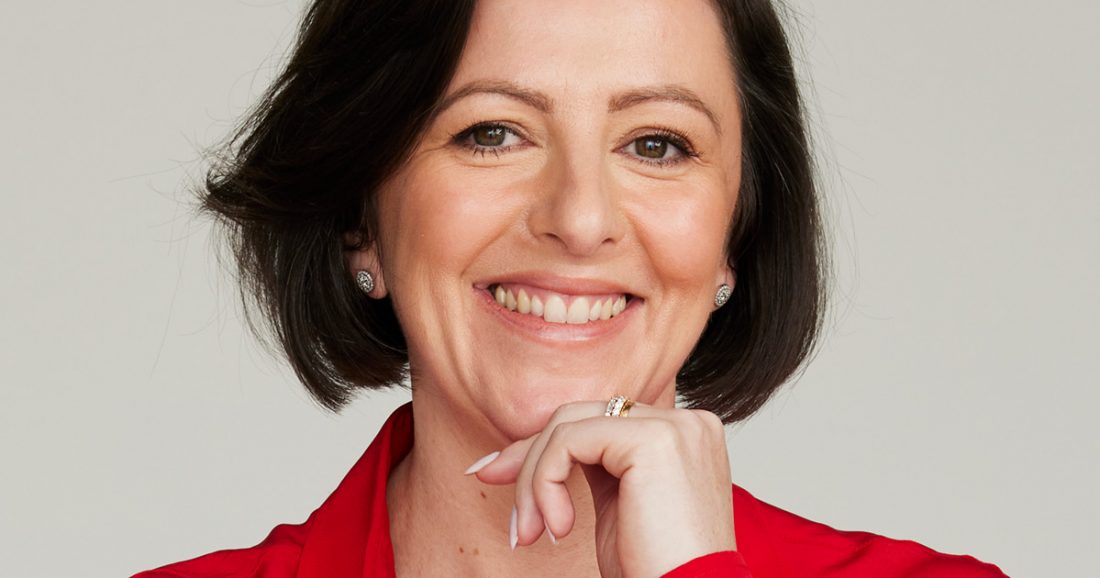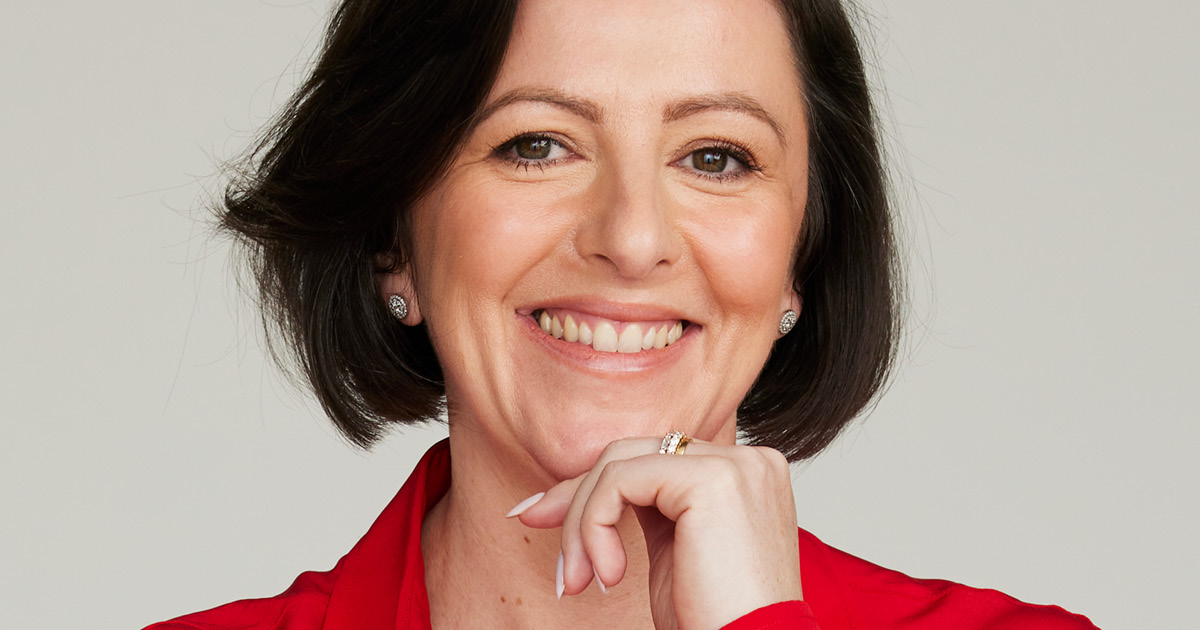Athena Manley has personally mentored or trained over 1,000 senior business executives and CEOs across Australia and the United States during a stellar career that’s seen her occupy leadership positions at several ASX and Fortune 500 companies.
But in 2023, after nearly six years at Aon, where she most recently served as both Chief of Staff and Chief of Strategy, she did something she’s been doing since she was young – taking on a seemingly insurmountable challenge and somehow overcoming the odds.
In this case, it was setting up The Flexible CEO, a training and consultancy to help businesses transition seamlessly from one chief executive to another, or to gain access to affordable C-suite talent during times of crisis or change.
With CEO turnover at an all-time high, and the average tenure down to between three and five years, Manley’s timing couldn’t have been better. The impact of a botched passing of the baton can be devastating to the bottom line and staff morale, and even call into question a company’s future viability, especially if it happens all over again a year or two later.
Part of the problem is the immense and often unsustainable pressure dumped on the shoulders of today’s leaders, with one recent study finding that half of all CEOs struggle with at least one mental health condition.
“I was reading an Harvard Business Review article that said 68 percent of CEOs work 60-plus hours a week,” she tells The CEO Magazine. “They’re always available, even on holidays, and suffer high rates of heart disease and other conditions.”
Stepping up to lead
When Manley herself was on the brink of accepting such a role, she had to weigh up the toll it might take.
But passing up opportunities wasn’t in her DNA. She had been a natural leader her entire life and wasn’t about to stop.
“When I was in high school, our home burned down,” she says. “It wasn’t properly insured, so we lost everything – the house, the car and my parents’ business. My family split up and suddenly we were below the poverty line, so I stepped up.”
She was determined to find a way to not only carve out a living for herself but also earn enough to help her family.
“I started leading teams very young and was a bank manager by the time I was 22,” she explains. “It wasn’t long before I was training executives across sales, IT and strategy. I became known as the executive who could take on the hard problems, turn around teams and realize opportunities for organizations.”
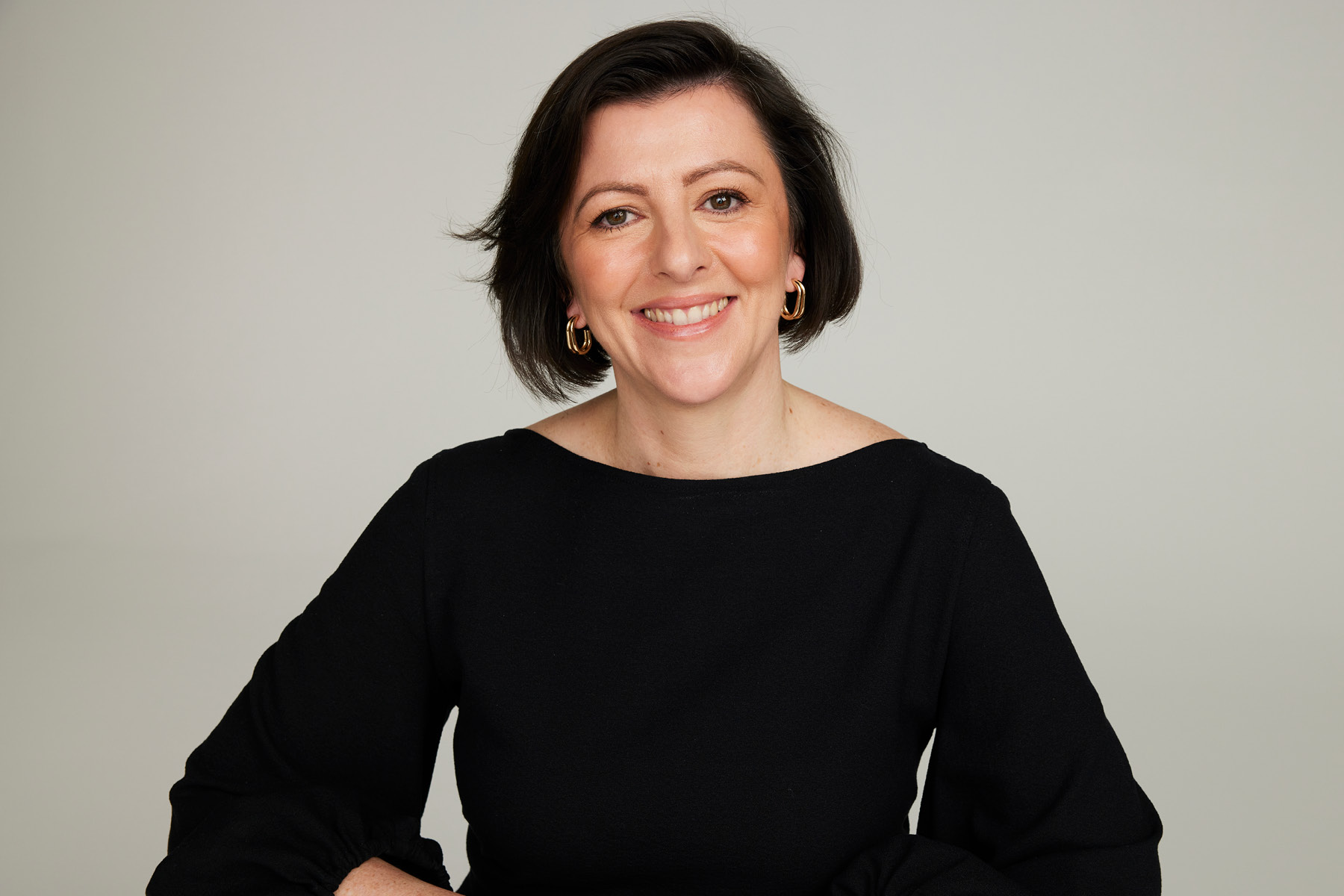
“I started leading teams very young and was a bank manager by the time I was 22.”
She continued to do this as she rose through the ranks at the Commonwealth Bank, Combined Insurance Australia, Great Southern Bank and Aon.
“If you think of it in terms of Trivial Pursuit, I was going around the board collecting my pieces of pie and the natural progression was to head to the center where the CEO role sat.”
But could she operate as a successful chief executive without compromising her health, relationship and wellbeing?
“I started to think, ‘Do I really want to do this?’ There were great things about it, like the impact that you can have and the financial rewards, but there were plenty of unattractive aspects, too,” she recalls.
The Branson approach
The question led her to study idiosyncratic leaders who don’t necessarily follow the standard CEO playbook, such as Virgin Group Founder Richard Branson.
“He was the first person I thought of, as he’s never been an office guy and has always done things differently,” she says. “I realized that a lot of private company CEOs don’t operate like typical corporate leaders.”
Manley got to talk to the maverick entrepreneur himself when she went on a trip organized by The CEO Magazine to Necker Island. It proved to be a life-changing experience as it opened her eyes to alternative and better ways for businesses to recruit leaders, deal with regime change and use seasoned outside managers to bring expertise that may be lacking.
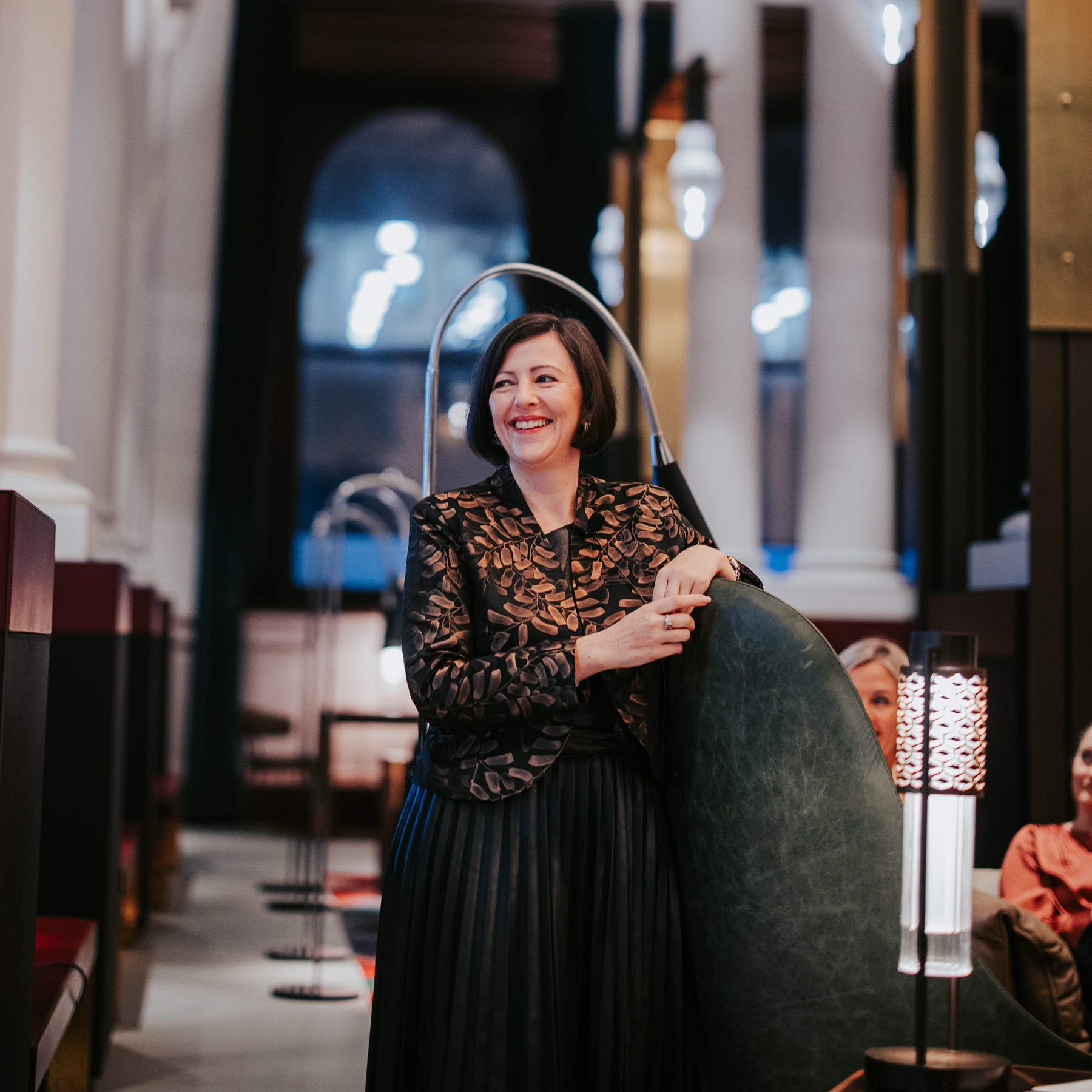
“I saw that I could offer a flexible and less conventional approach to resourcing leadership that still delivers results.”
“That was a really pivotal time for me and helped enormously with The Flexible CEO and my two businesses, Second Me and Athena Manley. I saw that I could offer a flexible and less conventional approach to resourcing leadership that still delivers results.”
That involves working closely with boards and senior executives to ensure the right talent is brought in to meet very specific needs.
“It’ll often come out of a strategy exercise for a project or major pivot,” she explains. “Or it could be that a CEO becomes ill or has to leave unexpectedly.”
Finding the right talent
In such cases, The Flexible CEO steps in to bridge the gap and keep the company going while defining the optimum business model to move it forward.
It shows its clients dynamic alternatives to traditional executive searches and how they can utilize experienced interim leaders to oversee a smooth transition.
“It’s about bringing in high-caliber talent who don’t necessarily want to do the traditional 60-hour work weeks. They might be toward the end of their career and happy to take on an advisory role that’s either permanent or flexible in structure,” she reveals.
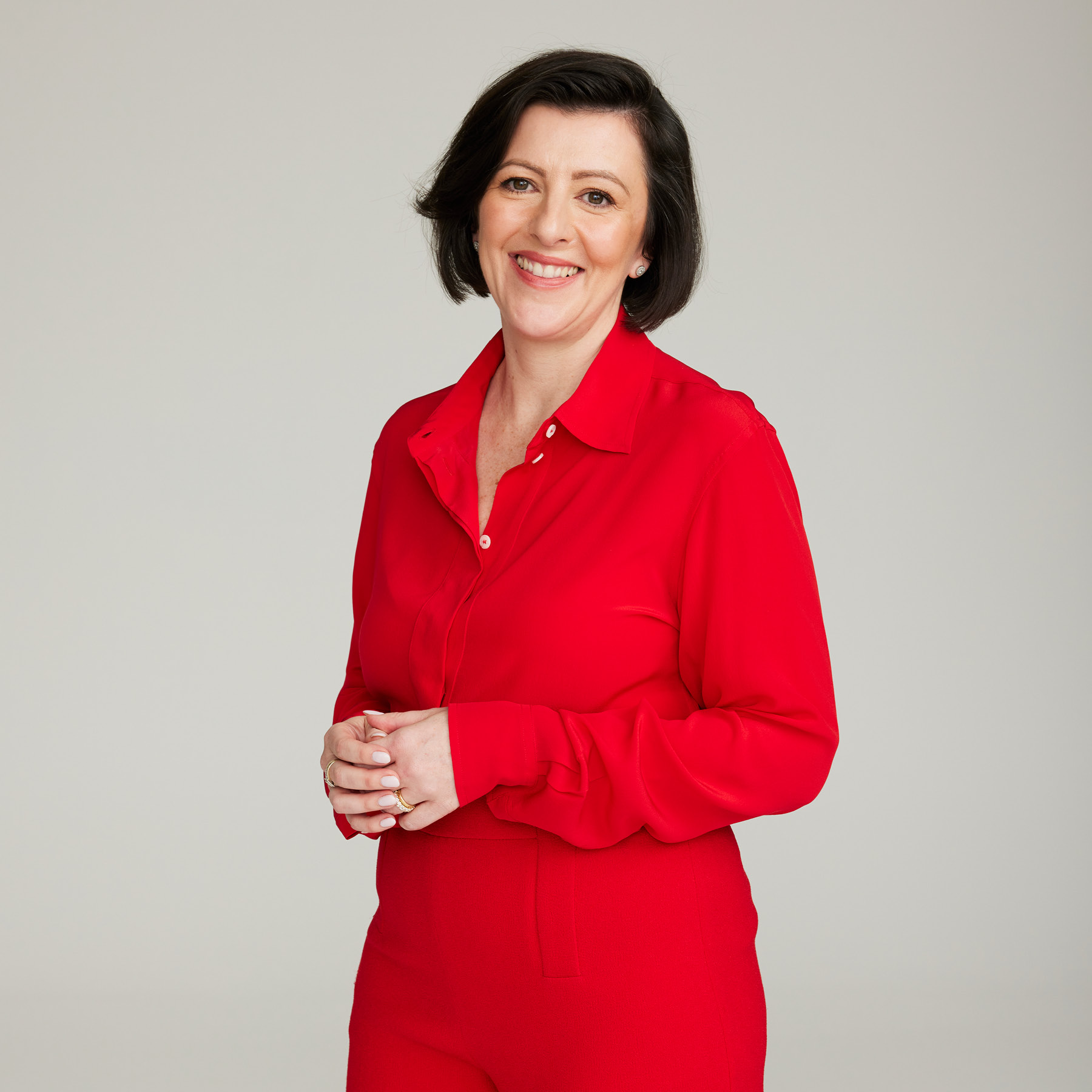
“It’s about bringing in high-caliber talent who don’t necessarily want to do the traditional 60-hour work weeks.”
Far from being a hurried stopgap measure, it can help plant the seeds of a long-term strategy that’s been fleshed out and defined by the time the new CEO is in their office.
“More CEO transitions will occur in the next 10 years than at any time in history,” Manley says. “For the companies involved, this creates opportunity if they do it well, or potential disaster if it goes wrong.”
Currently, that potential disaster becomes an actual disaster as more CEOs than ever are leaving the top job.
“CEO transition is the single most impactful decision a board can make,” she explains. “If they get it right, it can be transformational in terms of growth and profits. If they get it wrong, it can be catastrophic. So that’s what we work with organizations on.”

